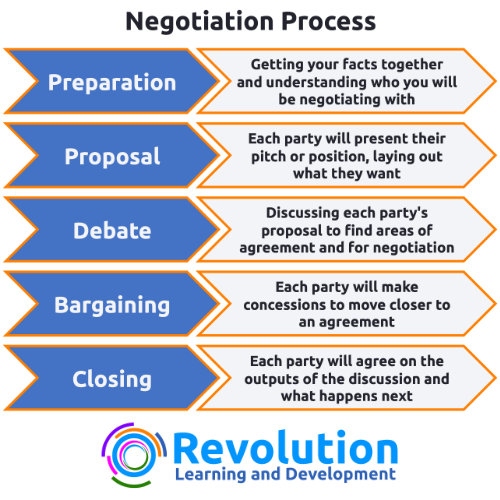[toc]
What is Negotiation?
Part one of our negotiation top tips is to understand what negotiation is. Do you answer true or false to the following questions:
Negotiations are not designed to result in a winner or a loser, but a process that ends with a win-win solution.
Or
“We are a nation of game players preoccupied with winning and losing. Competition is our creed.”
Negotiation involves parties, who each have something the other wants, reaching an agreement to exchange through a process of bargaining.
Negotiations take place every day – in shops, between family members and most certainly at work.
Negotiation serves two primary purposes:
- A method of resolving conflict within teams
- An important part of the team decision-making process.
Negotiation Criteria
Next in our negotiation top tips is to think about your negotiation criteria.
Whatever the negotiation i.e. a new contract, a quarrel or a peace settlement among nations, people routinely engage in something called positional bargaining. Each side takes a position, argues for it and makes concessions to reach a compromise.
Any method of negotiation may be fairly judged by three criteria:
- It should produce an agreement that ‘meets the legitimate interests of each side to the extent possible
- It should be efficient – getting to a result as soon as possible
- It should strengthen the relationship between the parties
We can sum this up by saying:
- “Interaction that occurs when two or more parties attempt to agree on a mutually acceptable
Or
- “Use of information and power to affect the other party’s behaviour within a web of tension.”
A Process for Negotiations
Another part of our negotiation top tips is to have a process for negotiation.
Some people see negotiating as being a process whereby you want to make a change, for example to a process, and that is just the way it has to be. Maybe it’s a client request or a business decision.
Negotiation doesn’t work here as the other party has nothing that they can give you. This approach needs a completely different skill set such as Change Management or Influencing.
Here’s a pretty short framework for effective negotiations. This is the process we use in our Negotiation and Influencing Skills Training Course:

- Preparation
- Proposal
- Debate
- Bargaining
- Closing
BATNA
Before you head off into the negotiation, you should use the information you have gathered to determine your BATNA and you best guess at the other parties BATNA.
BATNA stands for Best Alternative to a negotiated agreement. In simple terms, it’s determining the point where you should walk away.
In other words, you need to consider what it is that you want to get, and giving consideration to how much you are willing to give away.
A perfect example of BATNA in use is in a car showroom.
So, you head off to the showroom and begin to look and you begin your search for your car.
You spot a car that you want and the screen price fits your budget and has all of the added extras you want. You call the salesperson over and simply say I’ll take this one. The salesman says OK and you do the deal – straightforward enough. This is NOT BATNA in use as no negotiation is necessary.
If you were to use BATNA you would have set a budget before going, but also gave thought to what is the maximum you are willing to go to or what extras you would not have if it meant getting the perfect car. You also do some research to see how much the car is somewhere else.
You then go to the showroom and you find the car you want but it’s over the initial budget you set yourself. You stand looking at it and the salesperson comes over. You have a conversation about the car and your budget and they use one of the two classic terms:
‘Let’s go and see if we can do a deal’
Or
‘I’ll go and talk to my boss and see what we can do’
The salesperson will be quite comfortable doing this as they have already determined their BATNA. They know how exactly much they can give of the screen price, what they can give away for free, what special offers they can give etc.
What they will do is start just under the screen price and go from there.
What you need to do now is work between your budget and the maximum you determined you could afford. You also should consider any other offers you have had – in other words, what is the best alternative you have if you don’t get what you want here.
The secret is if the offer is better than your BATNA, then you should take it. If not, they walk away or only accept a deal that is at your BATNA.
Deciding whether to propose first is a crucial part of negotiating. For example, if the other person proposes first and it’s within your BATNA, then you are in a position to negotiate a better deal, or you open and your offer is unrealistic, the other person may close the negotiations then without giving you any further opportunity.
When to go depends really on the situation. If you are pitching to supply a service, the likely hood is the other person will want you to go first. If you are looking for a service then this will probably be the opposite.
Debating
The purpose of the debating part of the process should be carried out before any further proposals are made.
The idea is to discuss and agree on what both parties agree on in their initial proposals. If there is an agreement made, then this can be in effect signed off and put to one side. No further proposals should be made and once agreed these should be put to one side.
It may be that you simply want to discuss which parts of your proposal you are willing to move on, and which you are not. For example, there may be things that you can’t move on for example lead times, but you do have some flexibility on price.
Again, it’s a matter of agreeing on this and putting to one side the things that you can.
Also, you may want to discuss, question and agree on what are assumptions and what are facts. Once you have an understanding of this it can strengthen your position as you can question assumptions later in the negotiating process.
Bargaining
During the bargaining stage, always remember your BATNA. Start with what you want the gradually move toward the maximum you can offer.
Use other offers to strengthen your position further i.e. tell your opposition you can get a better price from somewhere else, but don’t divulge why you haven’t gone with them. If asked, simply say something like ‘I would prefer to work with you if we can come to an agreement’.
Don’t make extreme changes in your position.
Keep in mind what we said during the proposal stage – state your case, listen carefully and take time to think about what you are going to counter with.
If the other party makes concessions then you should too if it gets to an agreement. Ensure they see you do this so use terms such as ‘Since you have changed your position on…I’m willing to change….’
Use can use this in reversal if you make a concession. Don’t be scared to ask ‘If I do this, will you change…’ or ‘If I change this, what are you willing to…’
Continue until you reach a compromise.
Closing
You should always agree on terms such as:
- Method of payment
- The timescale of the payment
- When should the agreement be reviewed
- What to do if any problems arise
Once everything is finalised, summarise your agreement in writing, no matter how small the negotiation is.
Negotiation and Influencing Skills Training Course
If you would like to learn more about negotiation, then take a look at our Negotiation and Influencing Skills Training Course.
We hope you found the above negotiation tops tips useful and that your future negotiations are very successful.




